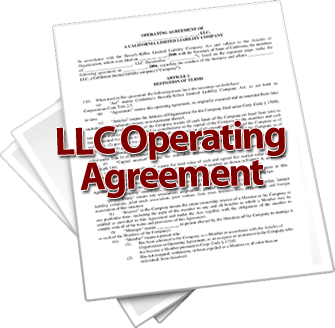By the time the IRS gets around to auditing you, the information on those paper receipts you’ve been keeping in multiple bulky envelopes may have faded away into nothing. This is not very effective. So how should you save tax receipts to make the IRS happy?
According to Ben Rucker, a former special IRS auditor (video below), if the IRS is given a receipt that is blank, they will not be lenient. It is your responsibility to make sure the IRS has good records to look through if they do an audit. Contrary to popular opinion, you do NOT need the original receipts–the electronic copy is just as good to the IRS.
Not only can you save electronic receipts without their fading, if you save and file them correctly, they are also MUCH easier to find again when you might need them. After scanning your receipt, name the electronic picture file with the following:
- Name of vendor
- Date
- Total amount on receipt
For example, a scanned $32.67 receipt for a purchase of office supplies at Costco on October 30th could be titled “Costco 10/30/14 32.67.pdf” Save it to your computer. Done. Throw away the paper. Go on to the next receipt.
Links to that scanned file can be put into whatever financial program you use. You can put your receipt files into separate folders for different rental properties or businesses, with sub folders for separation into different months or years. As long as you have a consistent method for filing, you should be able to track every receipt easily and effectively.
If and when you are audited, the IRS will take your books and records of your business and sample the receipts. If you can easily and quickly pull up each exact receipt they ask for, they’re not going to ask for every single one of them. If you can’t, they’ll want to see them all. Instead of going through your desk and files and everywhere to find a particular receipt, you can simply type in the total amount from the receipt in the search function on your computer, and it will bring up the electronic scanned copy of that receipt.All you have to do is go into the “Start” area on your computer or general “Find” section of your file manager and type in any part of that title, and it will bring that receipt file up for view. You can print it, save it to a disk or flash drive, and have it easily ready if your accountant or an auditor requests it.
If you are able to find receipts right away and able to find whatever documents they asked for in the first sampling, it can limit the scope of the audit. If you are able to easily find receipts and records, the auditor will feel they have credibility in reviewing your records. They may lose confidence that they will find adjustments in your tax return, taking less time away from you and your work, requiring less paid time on the part of your accountant.

Great video, I have been using NeatReceipts for years, love how it works and the fact that I can get rid of the paper. Thanks for Ben’s point of view.